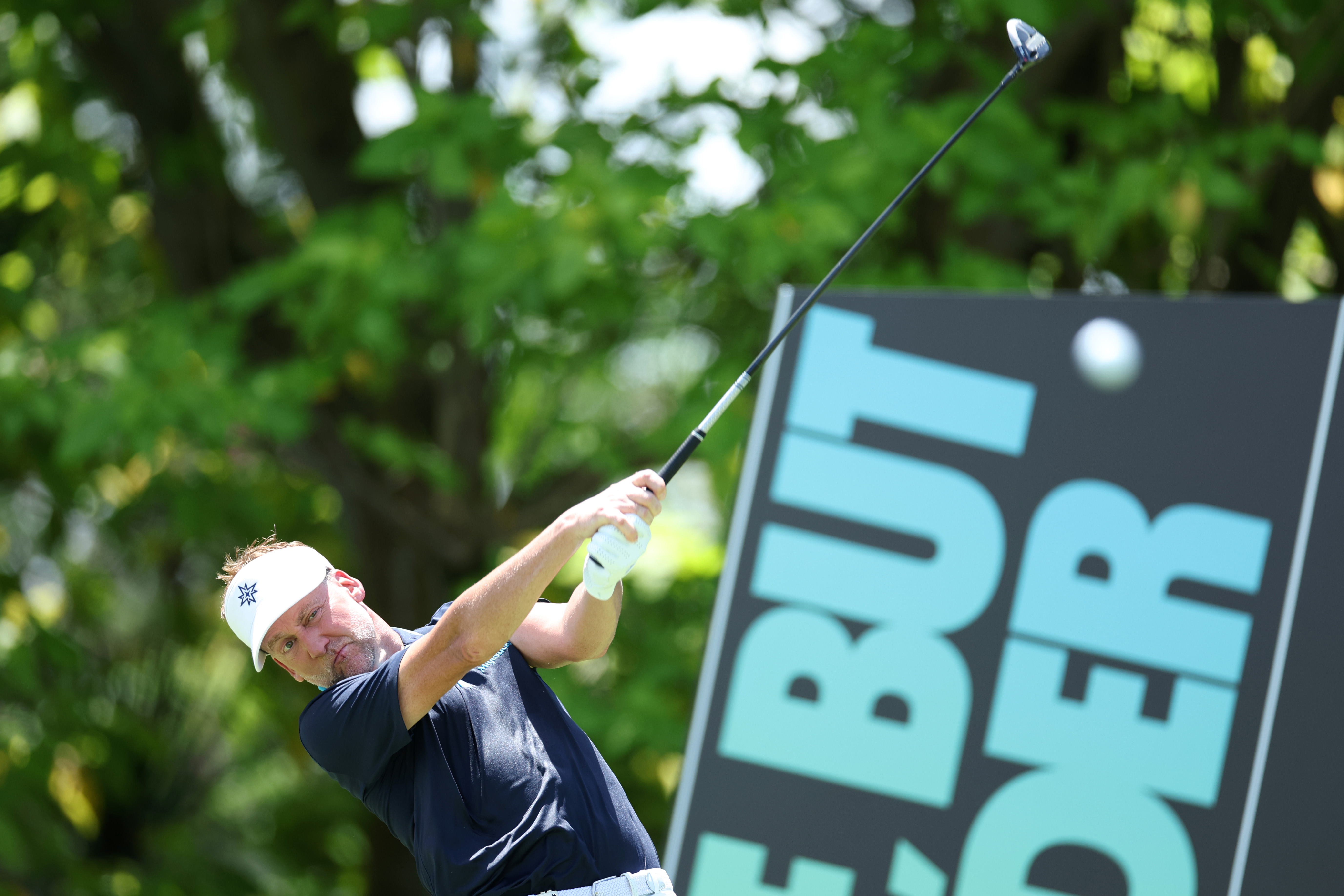The pithy ‘3 R’s’ rubric has been used to summarize fundamentals in many areas, from the New Deal (Relief, Recovery, Reform), to early learning (Relationships, Repetition, Routines), to the environment (Reduce, Reuse, Recycle). The same formula can illuminate what matters most in golf these days: Reward, Reputation, Relevance.
The economics that have warped the men’s professional game ensure ample reward, but for some that has come at the cost of both reputation and relevance, none moreso than Jon Rahm. Golf Digest’s Jaime Diaz reports that the Spaniard regrets his December move to LIV Golf, and while Rahm himself is unlikely to ever confirm such a sentiment, Diaz is a fastidious reporter and his account squares with what many others in the game have heard. Even in his (at times bizarre) public comments, Rahm sounds more notes of poignant yearning for the tour he left than of fierce advocacy for the one he joined.
He was rewarded though, even if the oft-cited contract amount ($500 million) is wholly unsourced and — according to someone close to Rahm — wildly exaggerated. Whatever the figure, it was sufficient for a man who emphatically pledged fealty to the PGA Tour to don a LIV letterman jacket and stand next to Greg Norman. Rahm’s isn’t the only reputation bruised after a volte-face, and at least he didn’t explicitly express his willingness to overlook murder and human rights abuses if doing so gave him leverage over the PGA Tour, that being the putrid pyre on which Phil Mickelson’s legacy was incinerated.
Yet a day is nearing when Saudi subsidies cease to provide a dominant advantage when it comes to player rewards, because LIV’s irrational economy faces a retraction. A few player contracts expire in 2024, more in ’25. Some of the league’s stars have been told they won’t see renewals on the scale that lured them to LIV, so those who extend will be doing so for less. Assuming extensions are even offered. Perhaps they will be, but if no deal is reached between the Public Investment Fund and the PGA Tour, then the Saudi government has a call to make: throw good money after bad with another round of contracts for an execrable product with zero market traction, or cut loose. And they have been known to favor chopping those deemed inconvenient.
Across town, it’s a bull market, for now. Scottie Scheffler has earned more than $28 million in prize money this season on the PGA Tour. Throw in his Comcast bonus ($8 million), two lucrative events this week and next (each paying $3.6 million to the winner) and the eye-watering FedEx Cup bonuses disbursed later this month at East Lake (top payout: $25 million), and Scheffler could clear well north of $60 million. And that excludes endorsements, the value of the equity grant he received in PGA Tour Enterprises, and a pension scheme that would make Congressional grifters feel shortchanged.
But how sustainable is that model? Strategic Sports Group injected $1.5 billion into the Tour with the promise of the same again, but that’s not intended to be debited directly into players’ pockets as purses. An accounting will come in Ponte Vedra as surely as it will in Riyadh. “Sustainability is living on nature’s income rather than living on its capital,” wrote the late physicist, Murray Gell-Mann. His aphorism has currency when applied to the golf economy, regardless of which tour one looks at.
That said, one tour has attracted investors who see the potential for significant returns. The other survives on the whims of a solitary banker, and he works for a mercurial authoritarian. That’s a shaky foundation for long-term sustainability. The popular narrative has the PGA Tour unable to withstand more poaching, having its product strength bled out, seeing its sponsors and fans fleeing. There are very minor elements of truth in those assertions, but the Saudis are even more incentivized to seek a face-saving deal. The PGA Tour is looking less like LIV’s rival and more like its life raft.
For some guys who cashed out with LIV, most of what happens next won’t matter. They got theirs. But not everyone who went to LIV lacked the weaponry or the stomach for the fight at the elite level. Certainly not Rahm. He was by far the most competitive player to jump, and while he hasn’t performed well since—at least outside the 54-hole exhibition ecosystem—it’s too limited a data sample to say LIV has diminished him as a force. But it’s not too early to say LIV has made him less relevant.
He is missed by fans on the PGA Tour since he’s obviously among the best in the world, regardless of who signs his check. But those fans have not followed him across the Rubicon and won’t be scrambling to The CW in hopes of seeing him between reruns of “Jack Hanna’s Into the Wild” and “Crime Nation.” The third pillar of golf’s ‘3 R’s’ — relevance — is something LIV players now experience four weeks a year, at major championships. Their own tour can’t deliver it, no matter how many bot farms fertilize social media on its behalf. Rahm has learned that his relevance wasn’t based solely on being Jon Rahm, but on being Jon Rahm with a credible platform and an audience of scale.
One ‘R’ will have to suffice for him right now.

